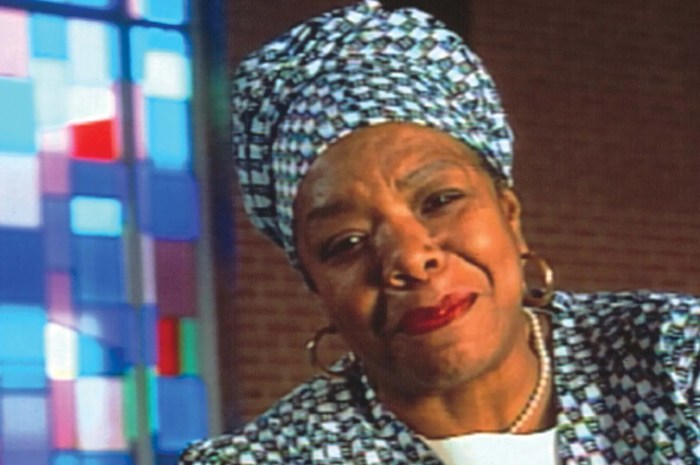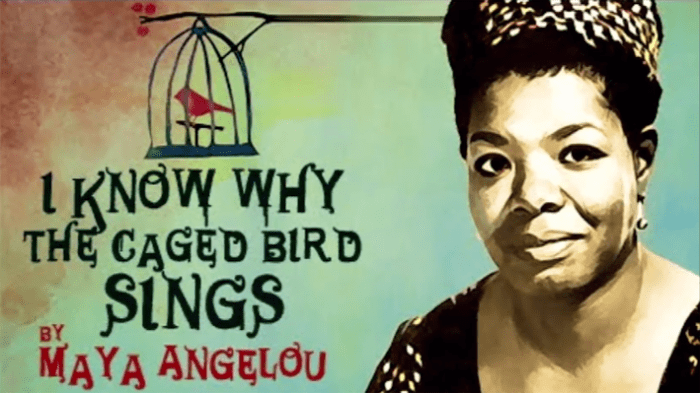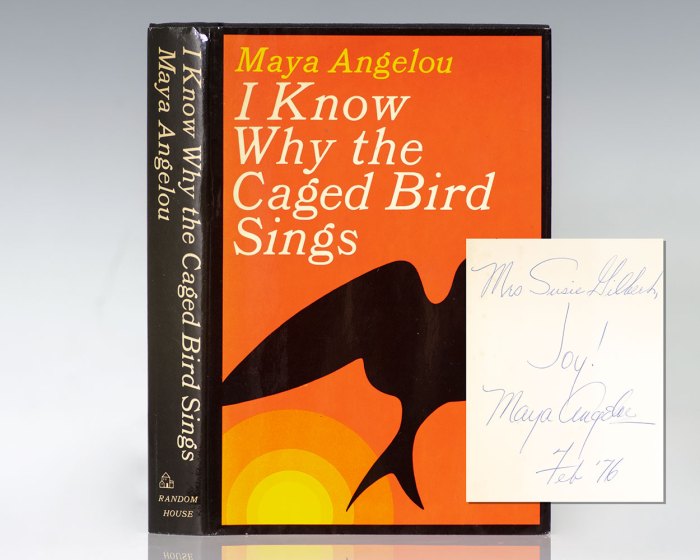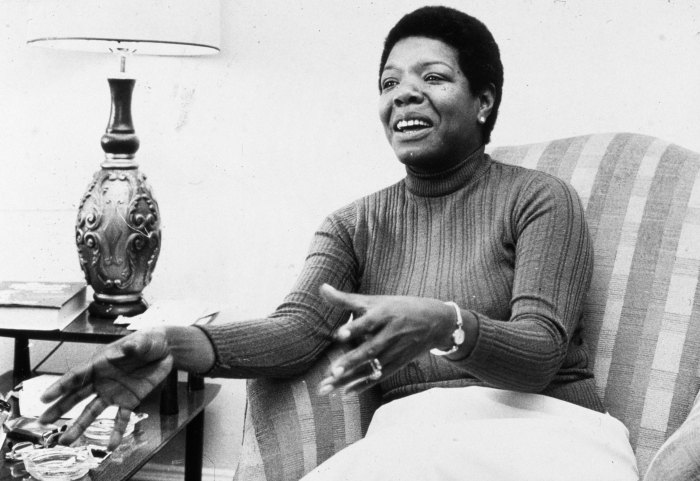I know why the caged bird sings chapter summary – Embark on a literary journey with our in-depth summary of Maya Angelou’s seminal autobiography, “I Know Why the Caged Bird Sings.” This captivating exploration unveils the complexities of identity, resilience, and the enduring power of the human spirit.
Through a poignant narrative, Angelou recounts her childhood experiences in the rural South during the Jim Crow era. Witness her indomitable spirit soar amidst adversity as she navigates the challenges of racism, family dynamics, and the search for self-discovery.
Setting and Time Period

I Know Why the Caged Bird Singsis set in the rural South during the early 20th century. The novel follows the life of Maya Angelou, a young African American girl, as she grows up in a time of racial segregation and discrimination.
The setting of the novel influences the characters and events of the story in several ways. The racism and discrimination that Maya faces shape her experiences and her understanding of the world. The rural setting also plays a role in the novel, as it isolates Maya from the wider world and makes it difficult for her to escape the racism and discrimination she faces.
Main Characters

Maya Angelou
Maya Angelou is the protagonist of the novel. She is a young African American girl who is growing up in the rural South during the early 20th century. Maya is a strong and resilient character who overcomes the challenges she faces with courage and determination.
Bailey Johnson Jr.
Bailey Johnson Jr. is Maya’s father. He is a strong and proud man who is determined to give his children a better life. Bailey is a loving and supportive father who is always there for Maya.
Vivian Baxter
Vivian Baxter is Maya’s mother. She is a beautiful and intelligent woman who is struggling to find her place in the world. Vivian is a loving and supportive mother, but she is also a flawed character who makes some mistakes.
Major Themes

Racism
Racism is a major theme in I Know Why the Caged Bird Sings. The novel explores the ways in which racism affects Maya and her family. Maya faces racism from both white and black people, and she learns to cope with it in different ways.
Identity
Identity is another major theme in the novel. Maya is struggling to find her identity as a young African American girl. She is influenced by the racism and discrimination she faces, but she also learns to find strength and pride in her own culture.
Freedom
Freedom is a major theme in the novel. Maya is渴望 freedom from racism and discrimination. She wants to be able to live her life on her own terms, and she is willing to fight for her freedom.
Literary Devices: I Know Why The Caged Bird Sings Chapter Summary

Symbolism
Symbolism is used throughout the novel to represent different themes and ideas. For example, the caged bird is a symbol of Maya’s desire for freedom. The white picket fence is a symbol of the racism and discrimination that Maya faces.
Imagery
Imagery is used to create vivid and powerful images in the reader’s mind. For example, Maya describes the white picket fence as “a wall of white teeth” (Angelou 11). This image creates a powerful sense of the racism and discrimination that Maya faces.
Foreshadowing, I know why the caged bird sings chapter summary
Foreshadowing is used to hint at events that will happen later in the novel. For example, Maya’s dream of flying foreshadows her desire for freedom.
Commonly Asked Questions
What is the significance of the caged bird metaphor in the novel?
The caged bird symbolizes the protagonist’s stifled voice and the oppressive societal constraints she faces.
How does Maya Angelou’s childhood in the South shape her perspective?
Her experiences with racism and poverty provide a lens through which she examines the complexities of identity and the struggle for equality.